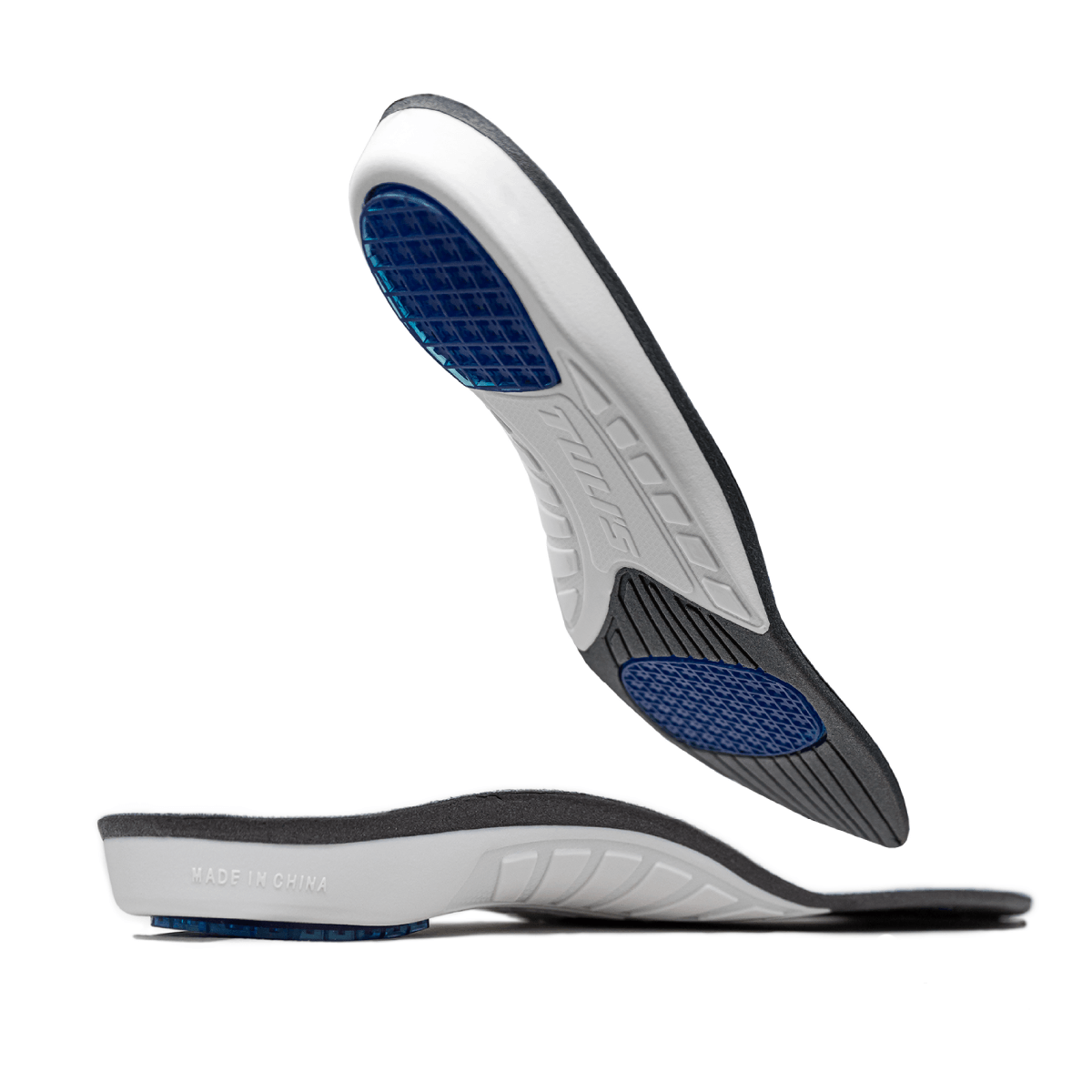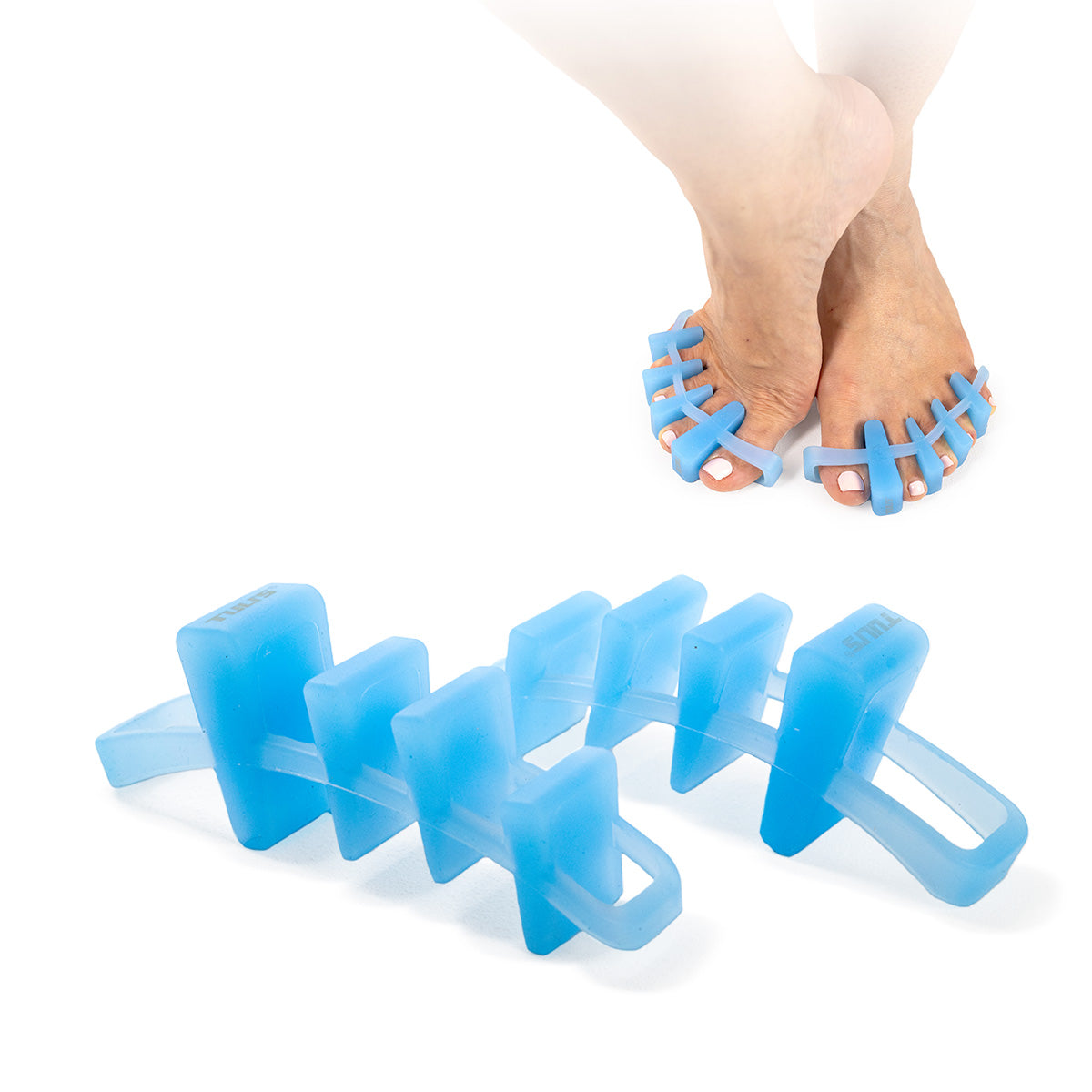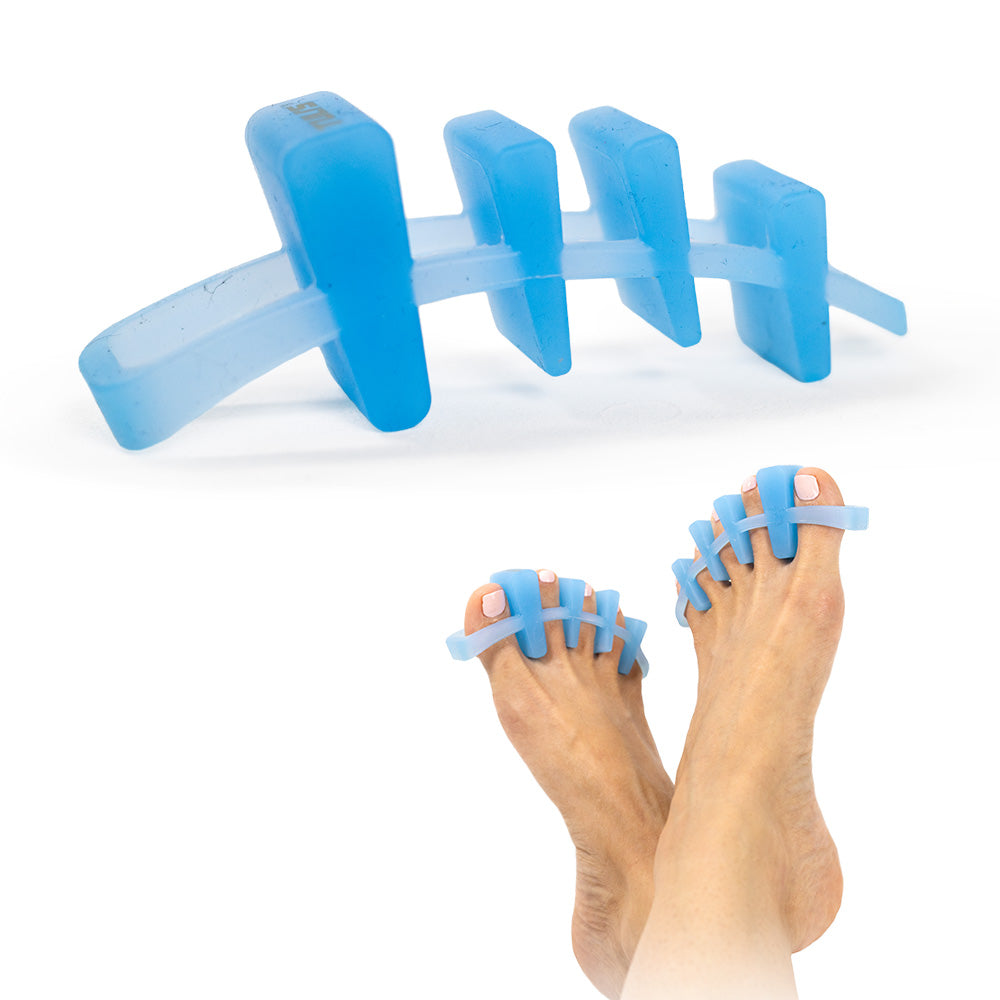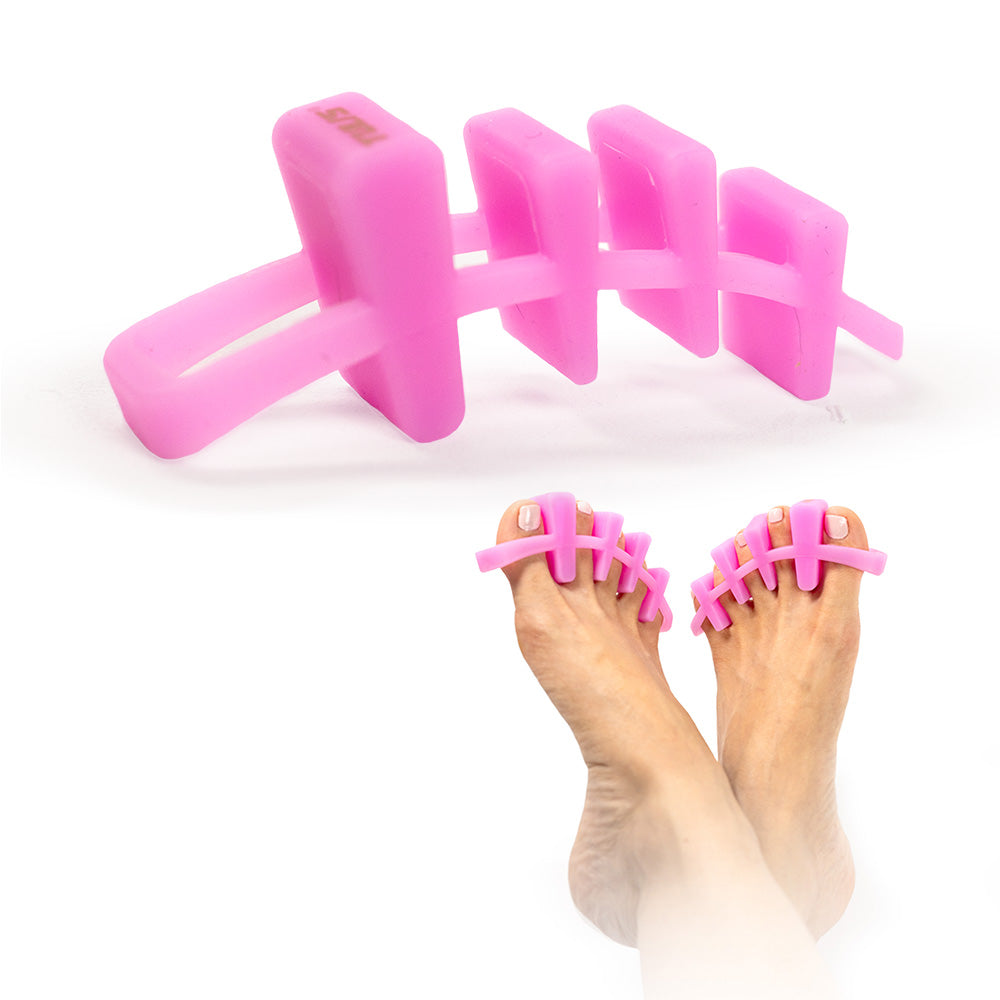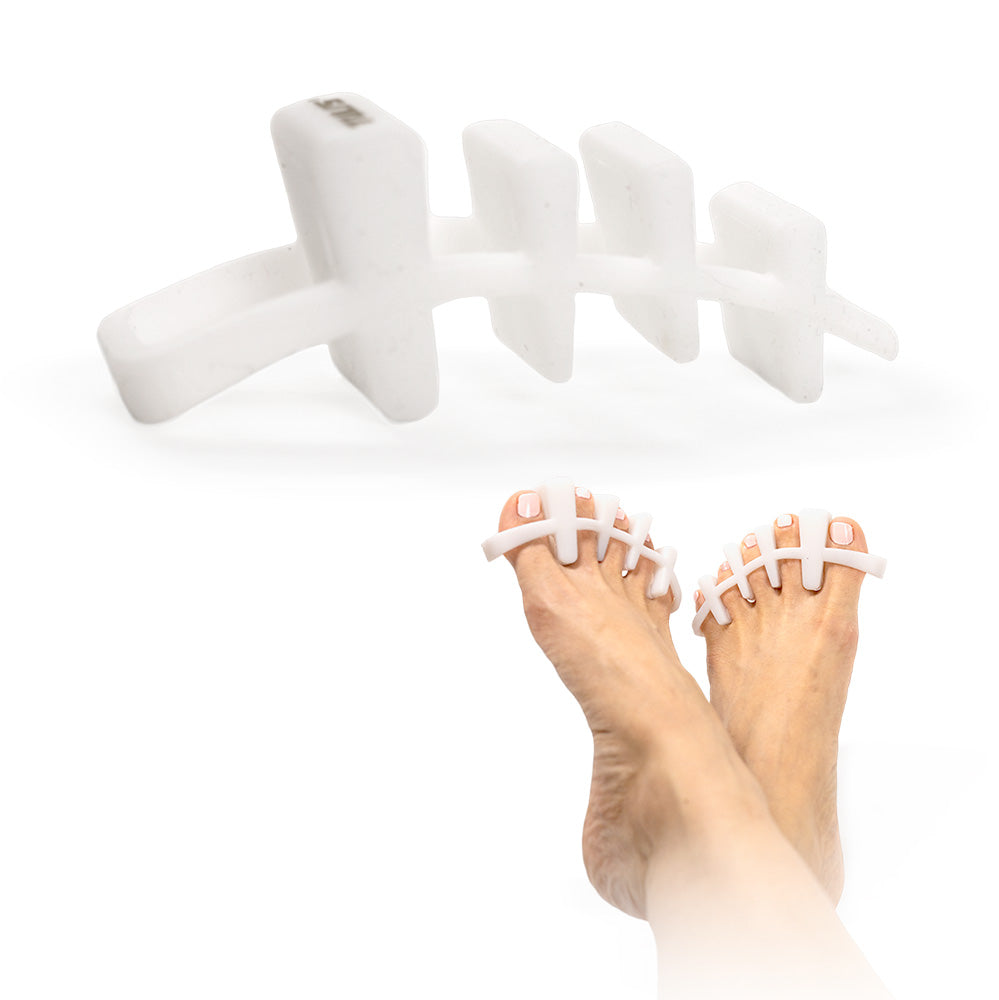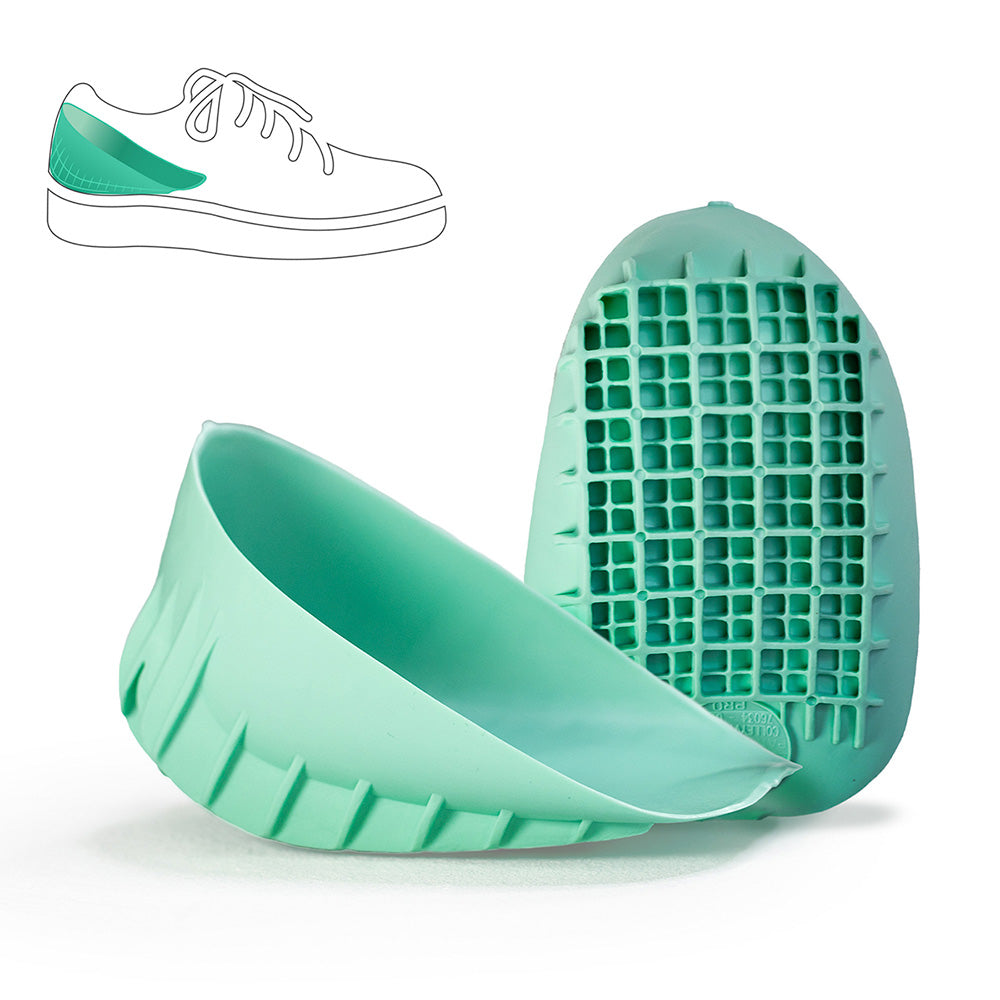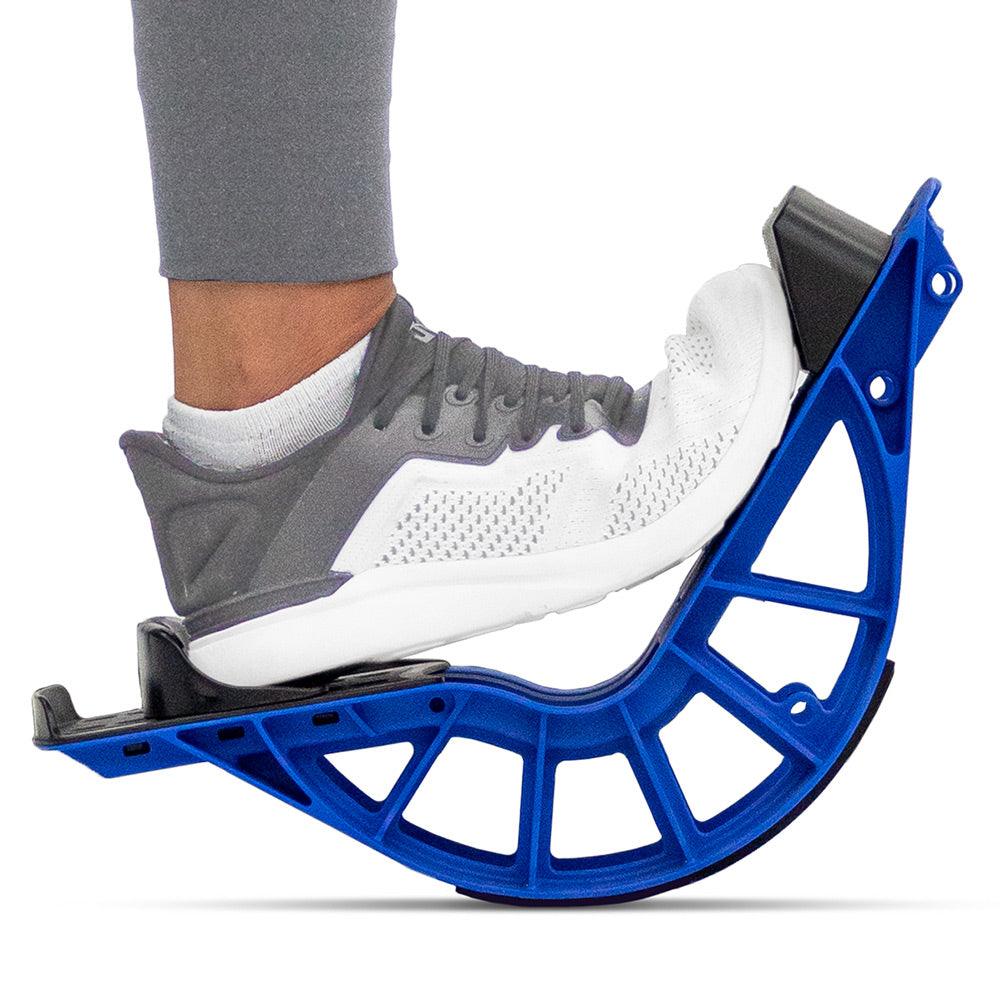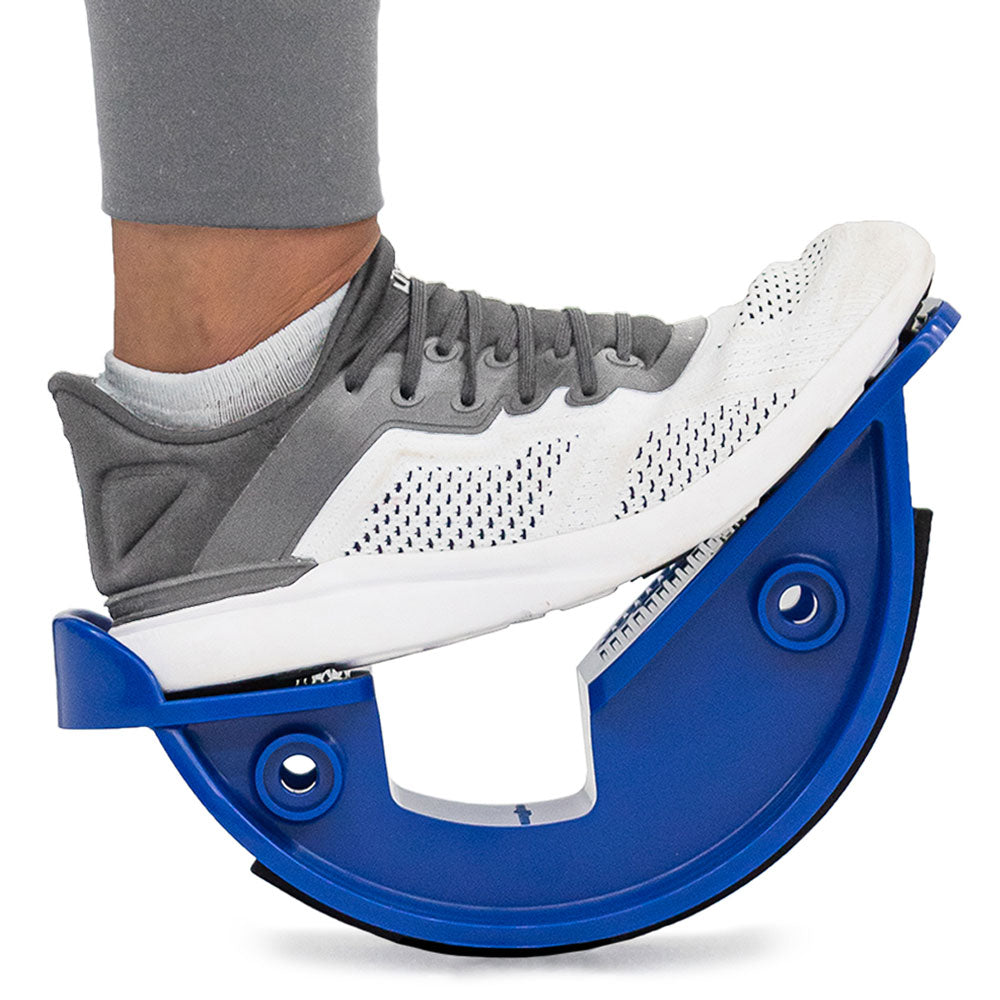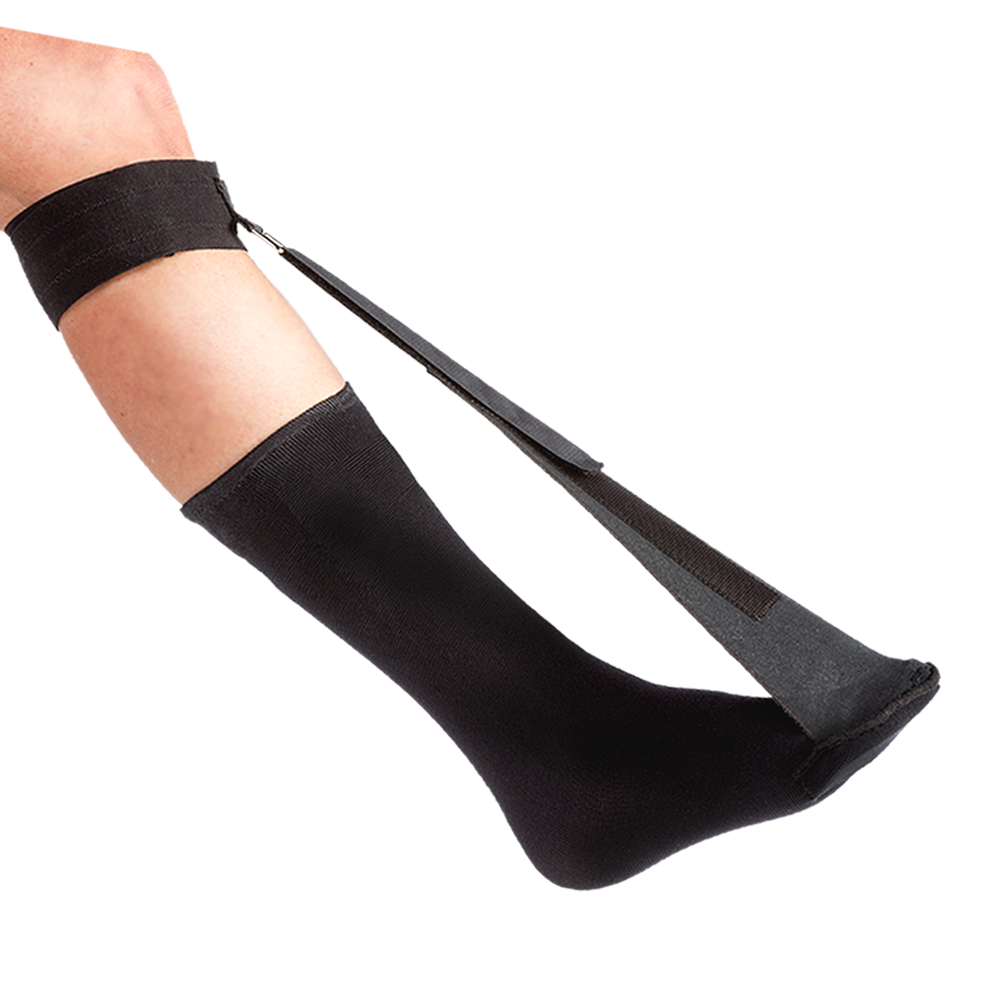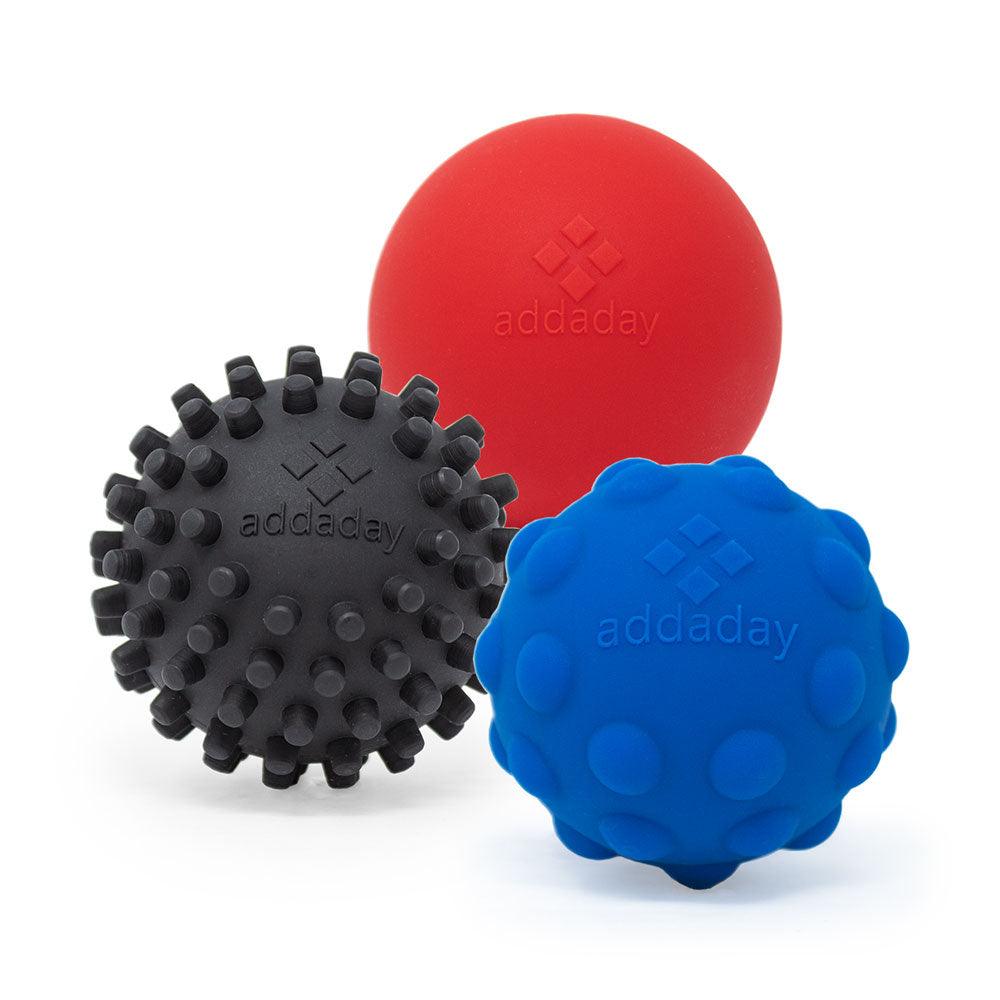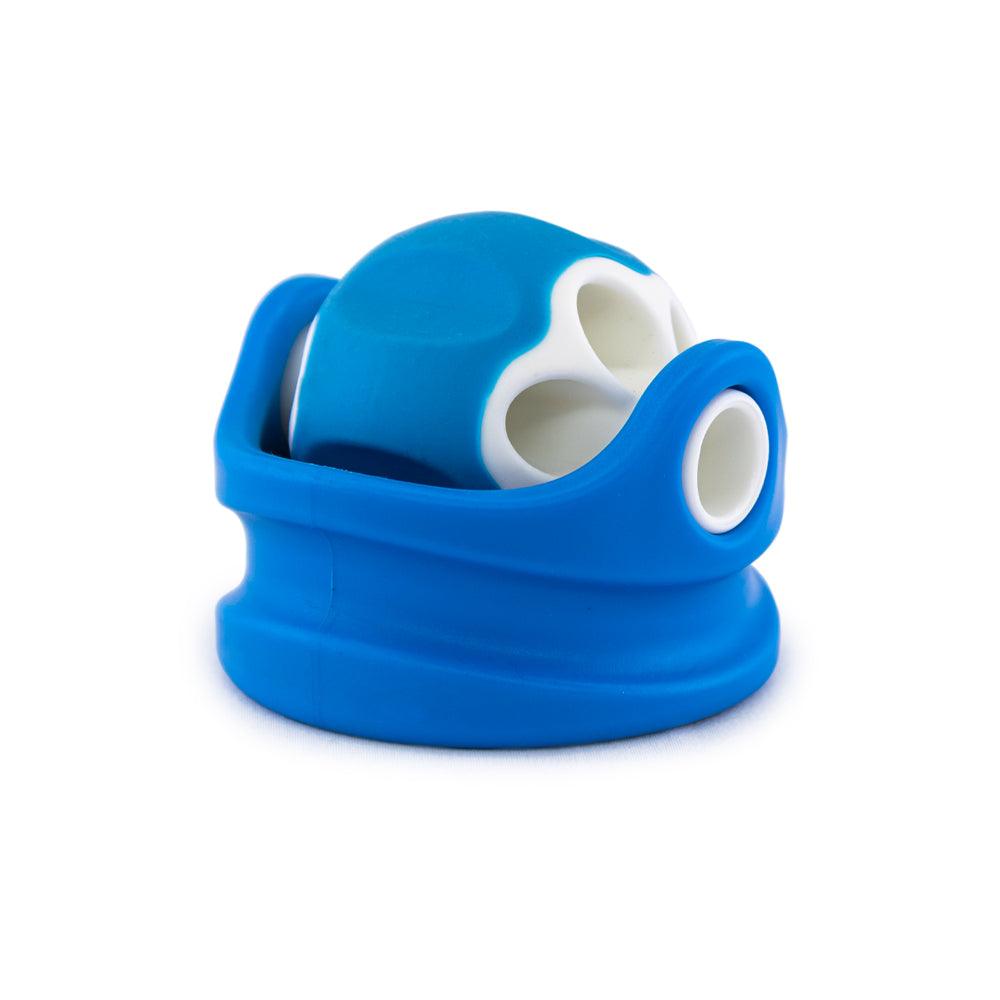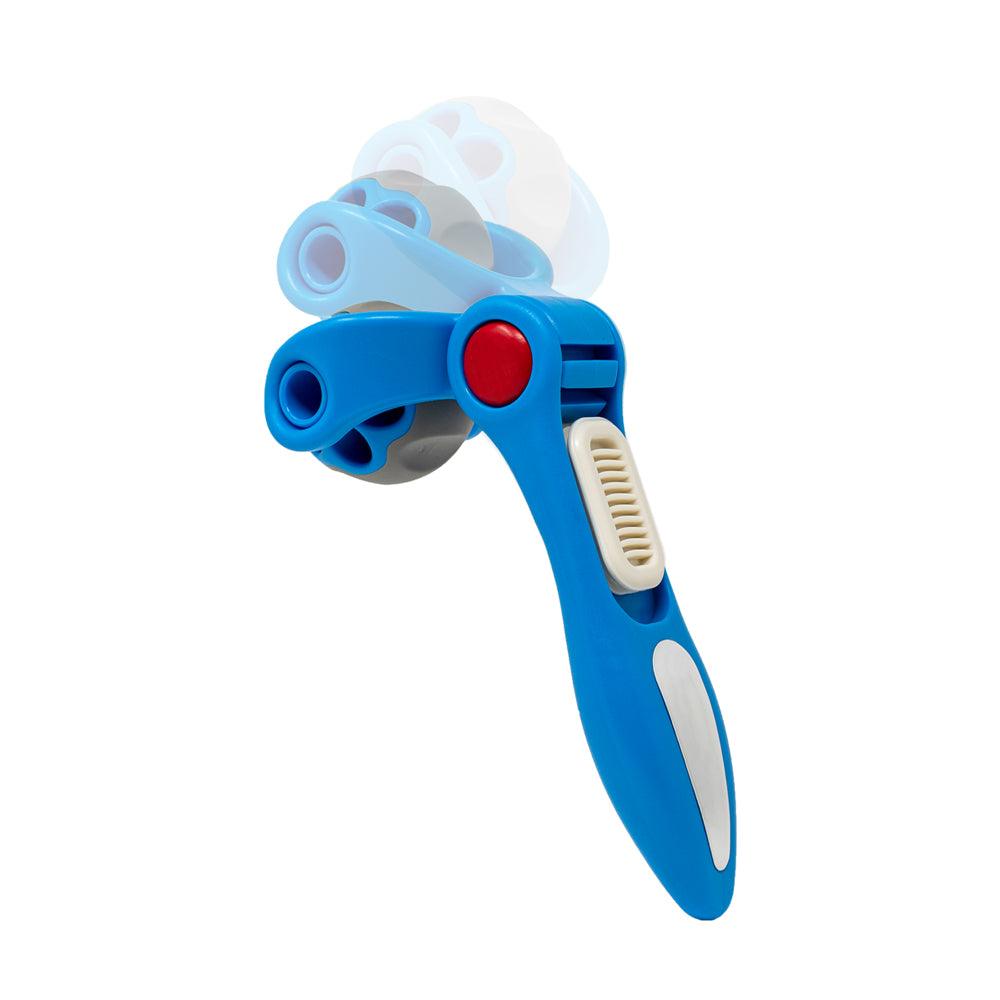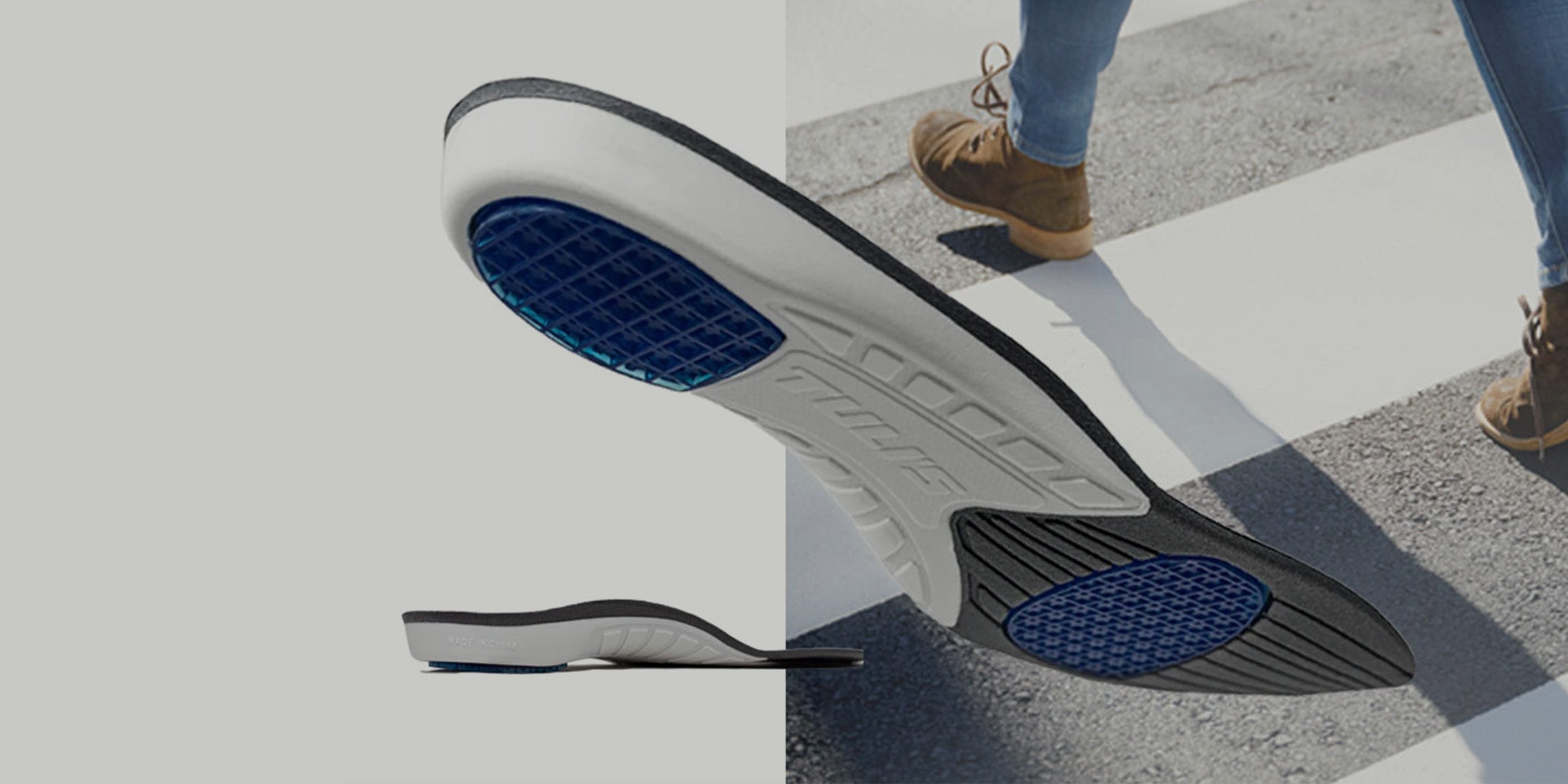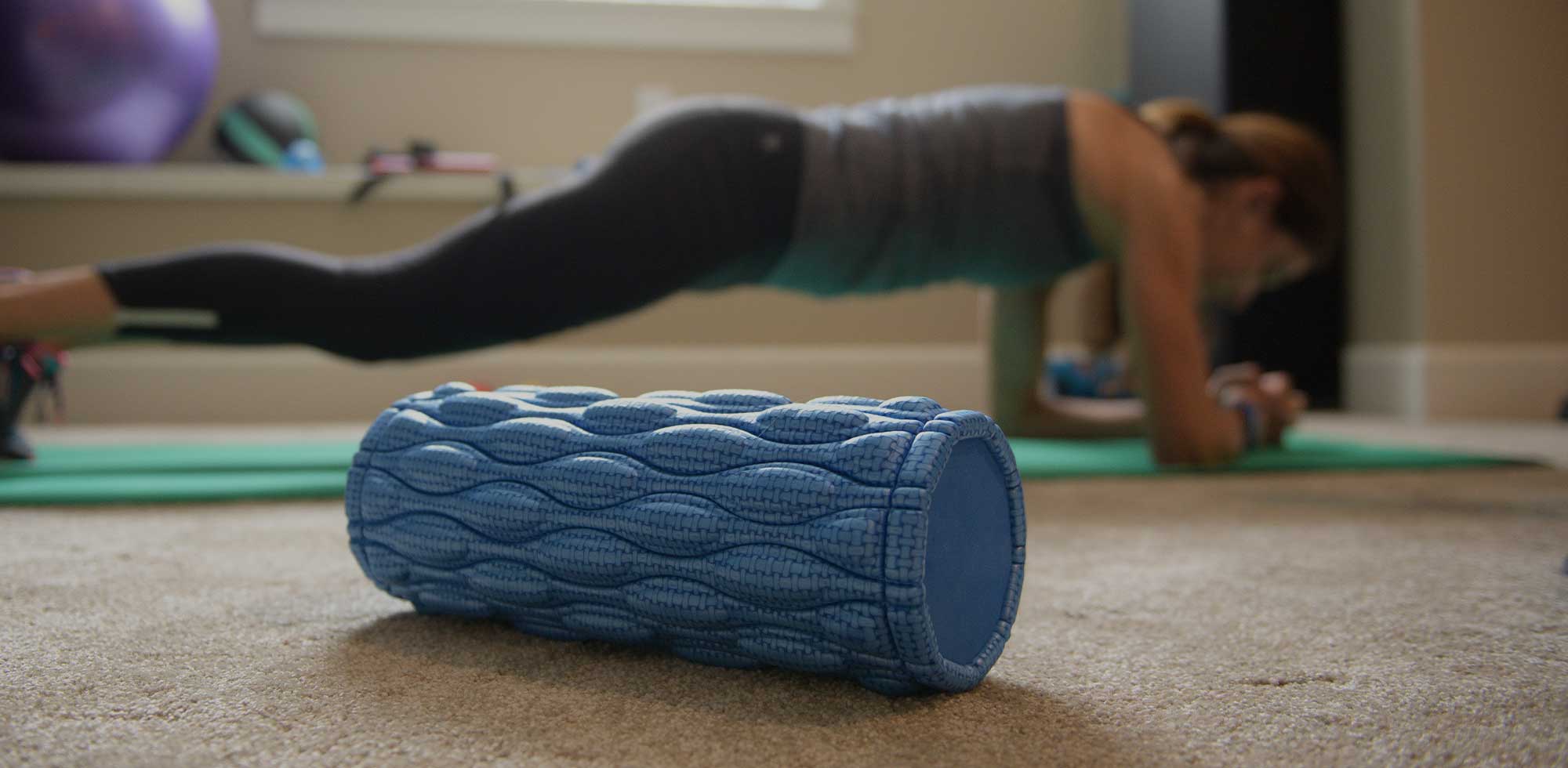If you are having trouble walking due to pain in your heel, you might be suffering from a condition known as Plantar Fasciitis. According to research, this common condition accounts for about 80% of all cases of heel pain. It is caused by the inflammation of a band of tissue known as the plantar fascia. This band runs along the bottom of your foot from your toes to the heel bone.
Plantar fasciitis causes a pain in your heel that you may feel as you take your first steps each morning. With more movement during the course of your day, the pain subsides, but it may return when you stand up from sitting or after a long period of standing. If you run, are overweight, or wear shoes that offer inadequate support, you stand a higher risk of suffering from plantar fasciitis.
Causes
Plantar Fasciitis Causes
Your plantar fascia tissue is shaped like a bowstring and supports the arch of your foot to provide shock absorption when you walk. However, excessive stresses on this band of tissue can cause small tears in it. Continued tension and tearing could result in inflammation or irritation, though the causes of most cases of plantar fasciitis remain unclear. A 2019 study suggests that some cases of this condition may involve degeneration of the tissue rather than inflammation.
Although you may develop plantar fasciitis without any obvious cause, some factors could make you susceptible to this condition, including:
- Your age: This condition is most common in people between the ages of 40 and 60.
- Type of exercise: Certain activities like long-distance running, aerobic dance, and ballet can contribute to the occurrence of plantar fasciitis since they can put excessive stress on your feet.
- Mechanics of your feet: If you have an abnormal style of walking, a high arch or flat feet, you could damage your plantar fascia since they affect how your body weight is distributed.
- Obesity: Any excess pounds increase the stress on your feet and plantar fascia.
- A job that keeps you on your feet: If you are in an occupation like teaching or factory work where you spend most of your work hours standing on a hard surface or walking, you could damage your plantar fascia.
Symptoms
Plantar Fasciitis Symptoms
The major symptom of plantar fasciitis is pain on the bottom of your heel or the arch of your foot. This pain is normally worse in the morning after you get up or when you take the first few steps after a period of being seated. Although the pain will normally subside after you spend some time walking, too much time on your feet could cause the pain to return. If untreated, the condition can become worse with time.
Clinical diagnosis of plantar fasciitis symptoms is based on physical examination and your medical history. Your doctor will locate the areas of tenderness and determine whether plantar fasciitis is the reason for your discomfort or if the pain is due to another issue, such as a stress fracture.
Treatment
Plantar Fasciitis Treatment
Maintaining good flexibility throughout the inter-connective chain of the lower leg, including the ankle, Achilles tendon, and calf muscles are the best way to prevent plantar fasciitis. Still, it’s also part of a solid plantar fasciitis treatment plan.
If you are suffering from heel pain, see our plantar fasciitis exercises page for a list of exercises you can do to help relieve plantar fasciitis.
FOR IMMEDIATE RELIEF
Support and Cushion Products:
If you're experiencing plantar fasciitis, wearing proper arch support products can provide relief and promote proper foot alignment.
Recommended products:
 Tuli's® Plantar Fasciitis Insoles ★★★★★A full-length premium arch support design specifically for plantar fasciitis. ★★★★★ 5-Star Review "I gotta say, I was desperate when I found these insoles. I suffer from plantars fasciitis and work 10+ hour shifts in a warehouse and I'm on my feet 95% of my shift so I was in constant agony..." View Complete Review |
 Tuli's® The X Brace® Arch Support Strap ★★★★★The X Brace's unique design provides the same benefits of professional taping without all the time and tape. |
 Tuli's® Gaitors 3/4 Length Arch Support Insoles ★★★★★Gaitors insoles provide the user with superior arch support and shock absorption in order to experience pain relief. Light-weight ultra-thin carbon fiber orthotic delivers shock absorption and superior arch support. Reduces stress on the plantar fascia by absorbing shock from heel strikes. Relieves pain by delivering superior arch support that won’t crowd your shoes and can be worn in all shoes. |
 Tuli's® Heavy Duty Heel Cups ★★★★★The perfect solution for plantar fasciitis for active lifestyles. They offer protection and shock absorption with every step. These are podiatrist-developed heel cups that provide relief by cradling and cushioning the heel bone. They absorb shock and return impact energy just like the system naturally found in your feet. |
Therapy Products:
Targeted relief with our therapy products for plantar fasciitis.
Recommended products:
 Tuli's® Foot Therapy Wrap™ ★★★★★A versatile solution designed to provide soothing comfort and relaxation to your feet through both cold and heat applications. |
 Tuli's® Soft Moves™ Adjustable Toe Separators ★★★★★Crafted from soft, medical-grade silicone, these ergonomic V-shaped separators are designed to support daily foot wellness by promoting natural toe alignment and soothing post-activity tension. |
FOR LONG-TERM HEALING
Stretching and Strengthening Products:
When you have plantar fasciitis, stretching and massaging can help you feel better. This is because these actions make your calf muscles, Achilles tendon, and plantar fascia more flexible, which reduces tension and stress on the affected ligament. Stretching and massaging can also help blood flow and tissue healing in your foot, which can help reduce plantar fasciitis pain.
Recommended products:
 ProStretch® Plus Adjustable Calf and Foot Stretcher ★★★★★The ProStretch Plus increases flexibility and range of motion in the plantar fascia, Achilles and calf muscles with a deep, pain-relieving stretch. ProStretch Plus has been proven to provide a deep stretch that increases flexibility along the entire inter-connective chain, delivering the long-term flexibility needed for a lasting plantar fasciitis treatment. |
 ProStretch® The Original Foot and Calf Stretcher ★★★★★Helps relieve and stretch the plantar fascia, calf, foot, and hamstring muscles far more effectively than conventional methods. For over 30 years, ProStretch has been the favorite calf stretcher of professional athletes, athletic trainers, and physical therapists worldwide. It's unique rocker design holds the foot in the optimal position for a biomechanically accurate and efficient foot and leg stretch that increases flexibility and enhances overall performance. |
 ProStretch® NightSock® ★★★★★Helps alleviate heel pain associated with plantar fasciitis, Achilles tendonitis, calf muscle cramps and runners’ cramps. By keeping foot in a slightly flexed position, it comfortably elongates the muscles and soft tissues of the calf and foot, speeding up recovery while sleeping. |
 ProStretch® StretchRite® Stretching Strap ★★★★★The StretchRite® stretch strap gives you a safer, more effective way to improve flexibility and get total body relief for sore tight muscles. It's ergonomically designed strap handgrips that allow you to stretch comfortably, increase your range of motion in stages and visually monitor your progress. |
Massage Products:
Massaging the plantar fascia helps to relax tight muscles, release tension, and reduce overall discomfort. A targeted massage in the plantar fascia can address specific trigger points or knots in the muscles, contributing to pain relief and enhancing the overall recovery from plantar fasciitis pain.
Recommended products:
 ProStretch® Footy Massage Ball ★★★★★Delivers targeted myofascial release, reducing muscle tightness and promoting flexibility. Its design allows for effective targeted self-massage, helping to alleviate discomfort associated with plantar fasciitis. |
 ProStretch® Junior+ Handheld Massage Roller ★★★★★Delivers targeted myofascial release and works great to get deep to relieve muscle tightness and soreness. It’s the ideal manual massage tool to provide relief to tense and tired muscles with pinpoint precision. |
 ProStretch® Uno Massage Roller ★★★★★Delivers targeted myofascial release, reducing muscle tightness and promoting flexibility. Its design allows for effective targeted self-massage, helping to alleviate discomfort associated with plantar fasciitis. |
 ProStretch® Marble Massage Roller ★★★★★A hand-held roller massage tool designed to help relieve tight muscle knots, tension, and muscle soreness. Use the Marble Roller on your arms for the ultimate massage experience. |
 ProStretch® Trio Massage Balls ★★★★★A set of 3 massage balls each of a different density allowing for a personalized massage. With three different densities, soft density, medium density, or firm density, you decide your desired pressure of massage. |
How to Prevent Plantar Fasciitis?
To prevent plantar fasciitis, it is important to maintain a healthy weight, as this reduces pressure on the feet. Wearing supportive footwear with adequate arch support can help avoid straining the plantar fascia suddenly. Stretching and strengthening foot and calf muscles can improve flexibility and stability, which can also reduce the risk of developing the condition. Using arch support insoles can provide extra support and if you experience any foot discomfort or pain, make sure to address it promptly to prevent the development of the condition.
Incorporating these preventive measures into your daily routine can help minimize the risk of plantar fasciitis and promote optimal foot health.
PLEASE NOTE: The information on this website and article is for information only and should not be used as a substitute for consulting your doctor. Consult your doctor for proper diagnosis and rehabilitation





